5 tips to develop a solid marketing plan





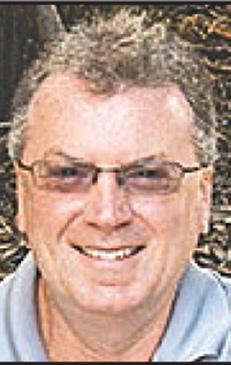
 By DARCY MAULSBY
By DARCY MAULSBY
Worried about rising input prices and other factors out of your control? There’s one key area where you can take control — your marketing plan.
“Farmers are facing a lot of pricing pressure and will have some big bills with some of their inputs,” said Chad Hart, an Iowa State University crop markets specialist and Extension economist. “You need a marketing plan that’s proactive, not reactive.”
No two years are alike, so marketing plans need to reflect this, Hart added. While the U.S. corn and soybean crops were smaller this past year, that was not true for some of America’s major competitors across international agriculture, Hart noted in his February 2023 ISU Ag Decision Maker report.

“Despite drought challenges in South America and the war in the Black Sea region, global crop production was mixed. Corn production fell, while soybean production set another record. The combination of tighter U.S. supplies, strong U.S. prices, and expansion by some of our export competitors has put a dent in the export outlook for the 2022 and 2023 crops.”
Since there are so many factors to consider when making a marketing plan, Hart offers these five tips to create a workable marketing plan for 2023:

1. Look at forecasts and take advantage of seasonal trends.
For 2022-23 season-average prices, USDA held firm with corn at $6.70 per bushel, but raised soybeans to $14.30 per bushel, a 10-cent increase.
What about new-crop pricing?

While the export markets have been strong supporting pillars for corn and soybean prices in recent years, things are changing, especially with soybeans.
“Global production is higher, despite the fall in U.S. production,” Hart noted.

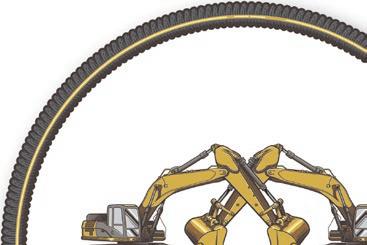














While the drought in Argentina forced USDA to




downgrade soybean production, the Argentine decline is being more than made up for by the increase from Brazil. “In fact, the growth from Brazil is enough to cover both the Argentinian and U.S. declines,” Hart said.
“Add on the growth in soybean production in Paraguay, and South America has plenty of soybeans for the global market.”
Futures point to the 202324 season-average prices being in the $5.80 range for corn and the $13.40 range for soybeans, Hart noted in his February 2023

report. “Both crops are facing 90-cent reductions in price. But these reductions in price will get larger if exports continue to fall short.” At times like this, it’s especially important to consider seasonal patterns when developing a grain-marketing plan. “There can be pricing opportunities in April, May and June, when U.S.farmers are typically more focused on planting than marketing,” Hart said. “Use these trends to your advantage.”
2. Establish time and price triggers. Incorporate a time target and price target with a portion of your bushels.




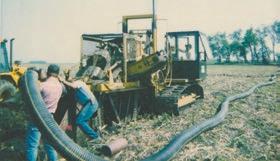




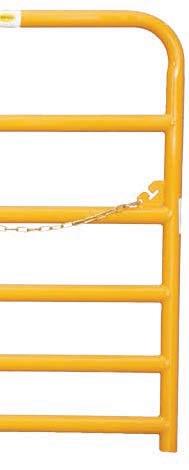

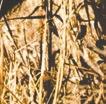
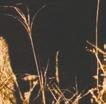

“Maybe you want to put in an offer to trigger a sale when corn reaches a specific price,” Hart said. “If the price trigger doesn’t hit, also establish a specific ‘sell by’ date. When you have these offers in place, you don’t have to keep an eagle eye on the market and can focus on other things.”
3. Coordinate grain sales with bill paying needs.



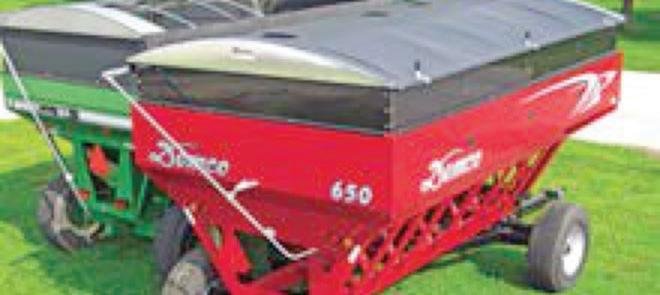







A marketing plan can be as simple or complex as you want. “Make it complex enough that you’re confident in it, and simple enough that you’ll follow it and take action,” Hart said. Also, consider when you need to pay bills like cash rent and crop inputs. “That gives you a reason to put in some marketing moves,” Hart said.
4. Try online marketing plan templates. Hart urges farmers to take
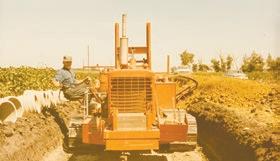
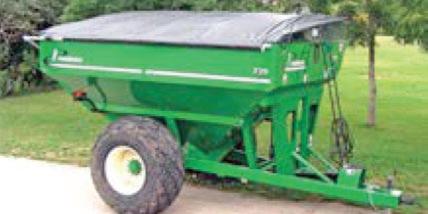



a look at the online grain marketing plans from the Center for Farm Financial Management at the University of Minnesota (https://www.cffm.umn.edu/ grain-marketing-plans/). Since 2001, Ed Usset has been writing and executing marketing plans for a fictional corn and soybean farm in southwest Minnesota. “These marketing plans are not intended to represent the perfect plan,” Hart said. “They’re a teaching tool that shows what a solid plan looks like and how to implement that plan.” You can also use the site’s free templates to start your own grain marketing plan, Hart noted.
5. Avoid getting trapped by emotion.
“I hear farmers say, ‘I can’t market in a down trend,’” Hart said. “It’s easy to get caught up in a psychological treadmill of greed, ego and fear. Creating a grain marketing plan and following it — while giving yourself some flexibility — helps you break this cycle.”
“It’s easy to get caught up in a psychological treadmill of greed, ego and fear. Creating a grain marketing plan and following it — while giving yourself some flexibility — helps you break this cycle.”CHAD HART Iowa State University crop markets specialist
 By DOUG CLOUGH
By DOUG CLOUGH
DECORAH — When Michael Washburn was just a 15-year-old boy in Texas, he said — regarding a biology assignment: “I hate plants.” He laughs about the moment now, and one can see why after catching his one-hour talk at the Siouxland Home and Garden Show, which took place March
31 in South Sioux City, Neb.
Washburn, Seed Savers Exchange (SSE) preservation director, spoke to an enthusiastic gardening crowd about the importance of saving seeds in their own backyard.
“You could say I am a much different person from that young man in Texas,” said Washburn who has a master’s in agronomy from Murray State University. “Since I was 17, I have worked at several different restaurants partnering with farmers to bring fresh produce to the table. From 2014–2021, I was the culinary garden manager at Blackberry Farm, a three-acre garden in Walland, Tenn., supporting two kitchens with heirloom vegetables.
“It was impactful to work alongside longtime SSE member John Coykendall who, for four decades, has preserved farm heritage through seeds and stories. I wouldn’t be who I am today without that experience. John alone has fostered over 500 varieties of beans!”
Preserving legacy through seeds was the major theme for Washburn’s talk at the Marriott Center. The first portion of his presentation focused on giving practical information on various seeds to those who came to sink their gardening spade into something specific.

For several garden vegetables seeds, Washburn provided information on how to best obtain viable seeds through isolation distance, pollination


type, seed maturity, and population size information.

The Alabama Blue Collard was one of the species focused on by Washburn.
“The Heirloom Collard Project, partly organized by the SSE, was developed to restore collard diversity,” said Washburn. “It’s designed to preserve the culinary significance of collards in America’s food culture. With the seed community involved, we have over 90 varieties of collards at our exchange; a plant generally found in the south, we are now seeing it in Iowa, Illinois, and Wisconsin.
“Our seed vault keeps the hope of a seed alive, but seeds
staying in the vault are useless. We need to get these seeds out into people’s backyards where they can be cultivated, enjoyed, and become part of families’ legacies.”
The SSE has been in existence since 1975 and has two publications: the Exchange Yearbook and the SSE Catalog.

The Exchange Yearbook, a source of unique seeds grown by home gardeners across the world, is available to order at seedsavers.org. The SSE Catalog, online or in free print, can be requested as well.
“We provide an open doorway to our collection,” said Washburn. “The Yearbook is put together by our community
of gardeners who share and swap seeds.”
The SSE is also tenacious at finding missing descriptions of seeds.
“We have some seeds in our vault that have generic descriptions that tell us little if anything,” said Washburn. “We had one that was labeled a ‘tan bean’ which tells us nothing. We ask that our members consider taking these seeds, planting them, and filling out a description of what grows. Our community is a great resource.”
Another program discussed was the SSE’s ADAPT Program.
“This is a community science program that is a fun way to preserve and share our food
crop heritage,” said Washburn.

“Participants trial varieties from our seed bank and send us feedback from their performance.
This helps us to understand a seed’s biodiversity — the adaptability of the varieties to different environments. It guides our selection process for new introductions to next year's catalog. This year we have 710 participants, the most we’ve ever had.
“In early January each year, we release details on the trials we’re offering for the upcoming season. Participants select the crops they want to trial and are then assigned three varieties. Participants evaluate each variety on a handful of key characteristics, including yield, flavor, earliness, appearance, and disease resistance.”
RENEW is another community science program offered by the SSE. Members can act as seed stewards by growing varieties of the collection for seed, known as seed regeneration. Some seeds require a longer growing season than SSE’s home base in Decorah can provide, while others don’t overwinter well in northeast Iowa. Participants in this program follow rules regarding population size, isolation distance, and harvest quantity. Participants are limited to one variety in their first year.
“Gardeners have access to our seed exchange and have the opportunity to be wonderful stewards of the seeds,” said Washburn. “We are all about connecting, sharing, and learning, so we can preserve heritage through gardening and the food it produces. Our seeds need to end up in backyards where they result in the customs and traditions that make us Americans.”
If you have a fireplace that burns wood, you know that it loses all of its heat up the chimney. Rick Titus has a wood burning insert that will burn with the efficiency of a wood stove and fit inside your fireplace so it keeps your fireplace look.
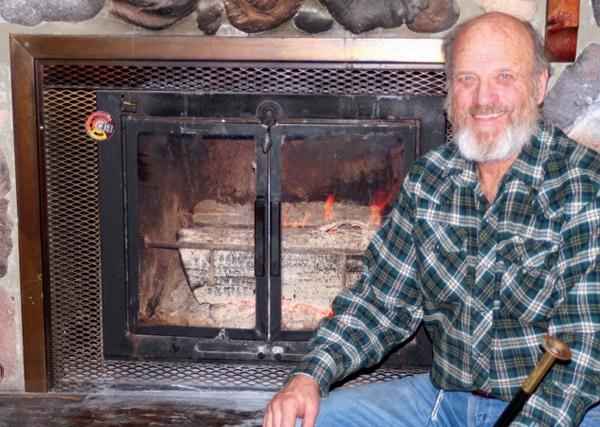
If you have a gas log in your fireplace it also sends all of its heat up the chimney. Rick has Vent Free gas logs that can burn as efficient as a gas cook stove and burn with the damper closed, thus keeping all the heat in the house.
If you have one of the newer gas fireplaces that vents out the side of the home or up a chimney, Rick can convert it over to a Vent Free log and keep all the heat in the home.
So no matter what kind of fireplace you may have, Rick has an efficient solution for it. Call Rick or email him at yahtitus@gmail. com or go to his web site below. Rick even has new fireplaces and wood stoves that can heat your home even during a power outage.


MICHAELWASHBURN is
the director of preservation for the SeedSavers Exchange
in Decorah. While presenting at the Siouxland Garden Show, sponsored in part by the Iowa State Extension, he discussed heirloom vegetables. About the Alabama Blue Collard, he said, "This is one of the prettiest collards I have ever grown. It makes wonderful purple bolts in the spring after overwintering that resemble purple broccoli. Collards come in all colors: yellow, green, blue, purple, and some are even green with white variegation. It's just a great example of the diversity that collards have to offer."










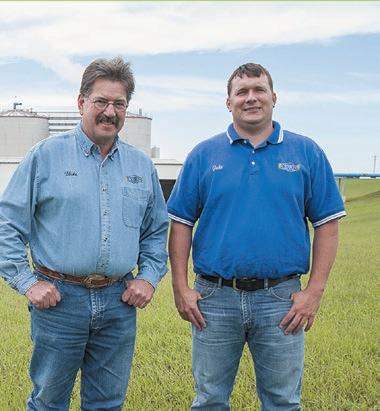


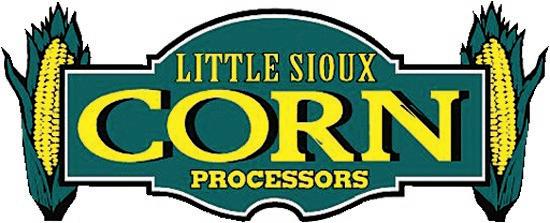



















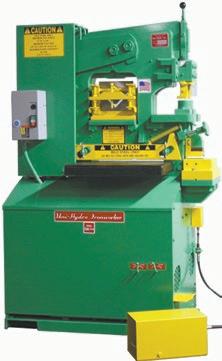















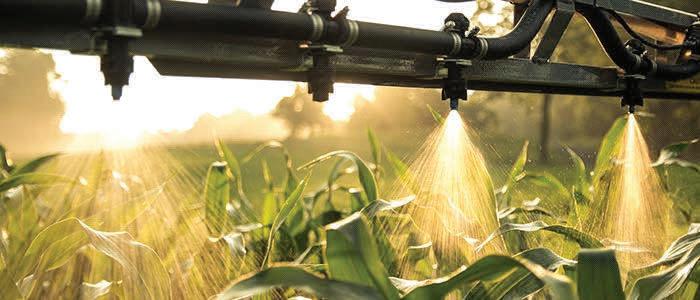
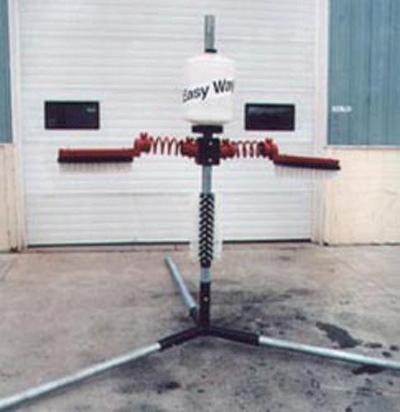
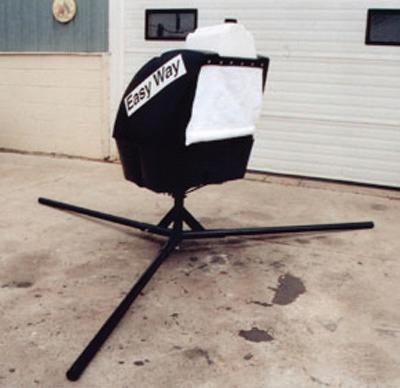

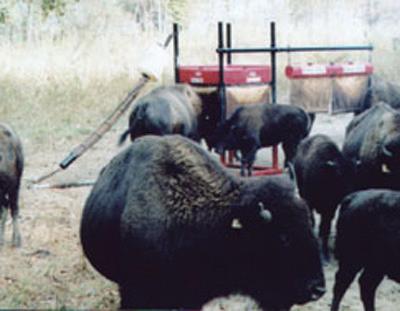

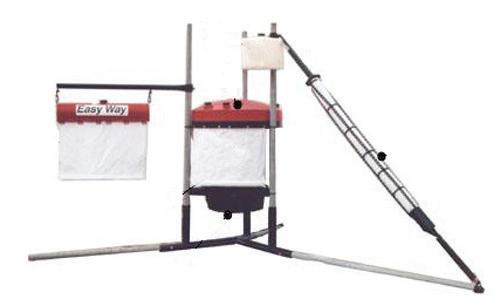







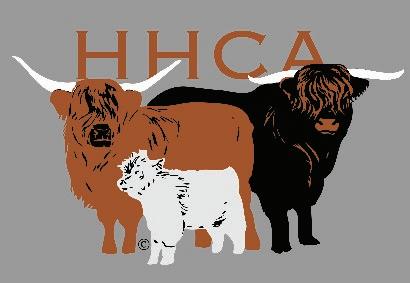







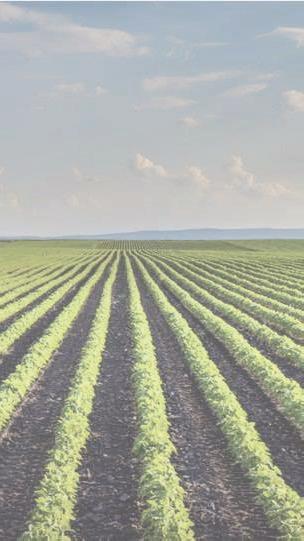


 By KRISTIN DANLEY-GREINER
By KRISTIN DANLEY-GREINER
With hay ground and pasture ground suffocated by droughtlike conditions these past couple of years, producers may wonder what they can do to boost the productivity of their forages.
Denise Schwab, Iowa State University Extension beef specialist, noted that there really isn't an easy fix to the current situation. She recently shared a seven-step approach with farmers attending the Eastern Iowa Hay Producers Association meeting.
She emphasized that the first two steps are critical for everyone, but the remainder of the steps she recommends may or may not apply to all farmers and fields.
1. Do a good assessment of all your forage fields and pastures.
Which were grazed hardest or late last year? Those pastures or fields need a longer rest this spring before grazing or harvest. Which fields have obvious thin areas or weed patches? Which fields or pastures survived last summer in good condition so we can graze or harvest them first. Which fields or pastures had cows on them all winter or have heavy mud or trampling areas?
2. Soil test this spring to

determine if soil pH or lack of nutrients is impacting production and correct if needed. Fertilizer isn’t cheap, so only apply where the soil test level is below optimum levels. Pastures typically don’t lose much phosphorus or potassium unless we remove a hay crop from that paddock, but hay ground removes a significant amount of nutrients, especially potassium, that needs to be replaced.
If phosphorus and potassium levels are not optimum, any additional nitrogen will not be as effective either. Hay and pasture both respond well to additional nitrogen fertilizer, but remember that only has value if the additional forage growth can be used in a timely manner. For hay fields, that additional growth can be used, but in grazing situations, there is often excess forage growth in the early spring but not enough growth later in the year. In those situations, you may want to delay the application of nitrogen till midto late-May to help increase forage growth going into the summer. The exception is with infected tall fescue pastures, in which case you don’t want to add any additional nitrogen in the spring since it will encourage seed development, which increases the endophyte level in
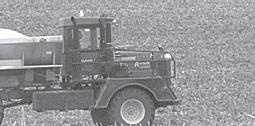








and expanded sustainable practices.
-Submitted photo
TWO CRIITICAL STEPS all cattle farmers should take, according to Denise Schwab, Iowa State University Extension beef specialist, include assessing all forage fields and pastures and performing spring soil tests to see if soil pH or lack of nutrients is impacting production.

the forage.
3. Delay turnout. One of the most important parts of forage management is allowing adequate time for the crop to rest, regrow and refill the nutrients reserved in the root system. For some pastures that were abused last year, grazed late or used for calving paddocks, it is important to delay turn-out or harvest till the plants have had time to really
Contact your local Cargill Representative today to learn how we make it easy for farmers to adopt new soil health practices by providing:


• Payment per ton of soil carbon sequestered

• A choice of regenerative practice to adopt, including a reduction in tillage and/or planting of cover crops
• One-on-one support from Cargill conservation agronomists
• An Intuitive self-service online platform


• A range of partners to help identify financing options and offer further agronomic advice



refill their root reserves. Here, a field of winter cereal rye cover crop can really help pastures by providing early grazing in April and May (in Iowa) and allow the pastures to rest till mid- to lateMay.
Remember, the tall cool season grasses should be allowed to get about six inches of growth before turnout, then remove the cows to a new paddock when the forage is at three to four inches
of stubble height.
4. Control weeds. For some fields or paddocks, this may move up the list because weeds compete with forages, are typically not consumed by cattle and prevent further stand improvement. Weed infestation is also an indicator of overgrazing since most weeds are very optimistic and fill in bare ground areas.
Identify the major weeds present and select a management plan to address them. With heavy infestations, a herbicide will typically be needed, and often require more than one year to get them under control. Always remember to read and follow label instructions when using herbicides. If weeds are at a low level, they can often be managed with spot spraying or mechanical methods. Timing of weed control is also important. Most annual and biennial weeds should be treated in the rosette stage, April or May in Iowa, or again in the fall. Perennial weeds are best managed a little later in the growing season, May or June in Iowa.
5. When weeds are at a controllable level, we can improve the forage stand and
See FORAGE, Page 6C
we have many options to consider.
One of the easiest methods is frost seeding, although we are getting a little late for that.



Broadcast seeding red clover in February or March is simple and inexpensive and adds both quantity and quality to a hay field or pasture. We also can broadcast over seed, or drill interseed legumes and grasses into existing thin stands. Legumes, especially red clover, tend to overseed better than grasses. If adding grasses, a drilled interseed option usually
gets a better establishment. Be sure to select forage varieties best suited for the growing conditions and be sure to allow the new seedlings to get well established before grazing.

6. The next and very important step is to fix the overgrazing problem by planting fence posts and establishing a rotational system.
Continuous grazing pastures result in the same problems you are dealing with now. Something as simple as four to six different paddocks gives the grass a needed rest and

increases forage utilization by 50 percent.



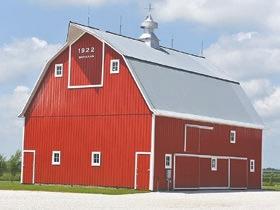


7. The last item is to add new forages/fields into the system. We’ve done a lot of projects at ISU focused on using annual forages to help fill in some of the gaps in the grazing system. Most producers have a small, corner field that is a challenge to plant and harvest. These are ideal to use for a double-crop forage system that can produce five to 10 tons of feed dry matter per year.
Summer annuals like sudangrass, sorghum
sudan hybrids or millets are very heat and drought tolerant and produce about three to seven tons of dry matter forage. These can be strip grazed in late July and August, and even stockpiled for winter grazing. Giving cool season grass pasture a rest during the heat of summer allows them to rest and get more regrowth before grazing again. Winter annuals (cover crop) like winter cereal rye, wheat or triticale, either prior to the summer annual or following it, can produce another two to four tons of dry matter per acre. And most of this growth is during the time that our cool season grasses are growing very slowly, so it benefits our pastures as well.
Aaron Saeugling, field agronomist with Iowa State University Extension, also chimed in on the subject. He noted that management varies based on whether a field has legumes or grasses or a mix.
"Obviously, alfalfa production is predominately legume,
















so the thing we want to address there is to first evaluate the stand to see how we came through the winter. A soil test is beneficial and we want to make sure potassium levels are especially addressed. That's one I definitely wouldn't neglect. In fact, it's probably the first key that I have in terms of alfalfa production," Saeugling said.
With a mixed stand that includes alfalfa and grasses, Saeugling recommended taking the same steps — evaluate the alfalfa in the mix of the legume in the mix. If it's less than 30 percent, treat the ground like a grass stand, which means it will need nitrogen fertilizer, which should be applied in the spring prior to a rainfall, Saeugling said.
"That will help boost productivity. If it's strictly a grass stand, which we have a lot of in southern Iowa, I caution people to not cut it too short or too soon. That's the biggest thing with grasses in particular. They regenerate from the root system," he said.


For a mixed stand where pasture grass is part of







the mix, Saeugling warns producers not to turn out their cow-calves too soon in the spring.

"We want to make sure there's six to eight inches of active growth as opposed to the 'greenup phase.' It's worth it to buy a load of hay in the spring and give the grass a rest versus buying in the summer, especially when supplies are tight," he advised. "Producers can supplement their herd, especially a spring calving cow herd, that'll take the pressure off the ground. Be sure and limit exposure to the pasture, lock it in the evening and keep them off by modified grazing or modified rotational grazing."
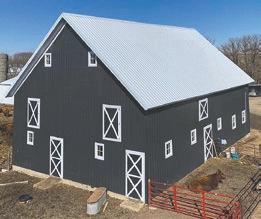
When battling weeds in stands, there are several suitable herbicide choices for grass hayfields and pasture ground, but not many for alfalfa stands.
"If you've never considered rotational grazing, it's simple to do. You can start by dividing your pasture in half and use polywire or a temporary fence. It does wonders to give that grass a week of rest," he said.
Seeding depends on a farmer's goal, Saeugling said. Inner seeding a pasture or thickening hay stand should be done in the spring. Frost seeding should be done in February or mid-March.
"It isn't recommended to add alfalfa to an existing alfalfa stand because of autotoxicity. The alfalfa will kill the other alfalfa plants. But you can plant grasses in there. Another tactic to boost productivity would be to drill this spring,” Saeugling said.
"If
grazing, it's simple to do. You can start by dividing your
half and use
or a temporary fence. It does wonders to give that grass a week of rest."
AARON SAEUGLING Field agronomist with Iowa State University Extension







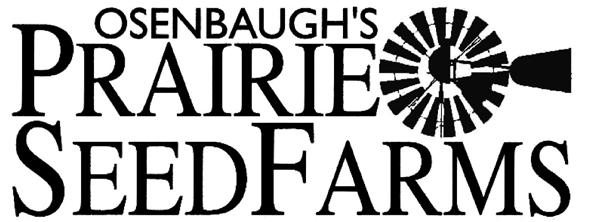








City 515-832-0180 Manson 712-469-3392


Humboldt 515-332-2545
Algona 515-295-3561
Estherville 712-362-7747

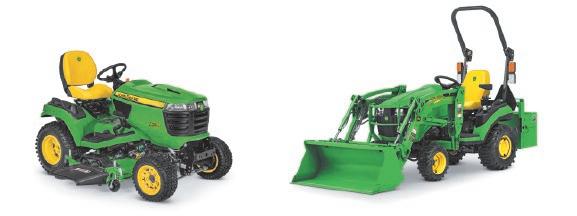



Harcourt 515-354-5328

